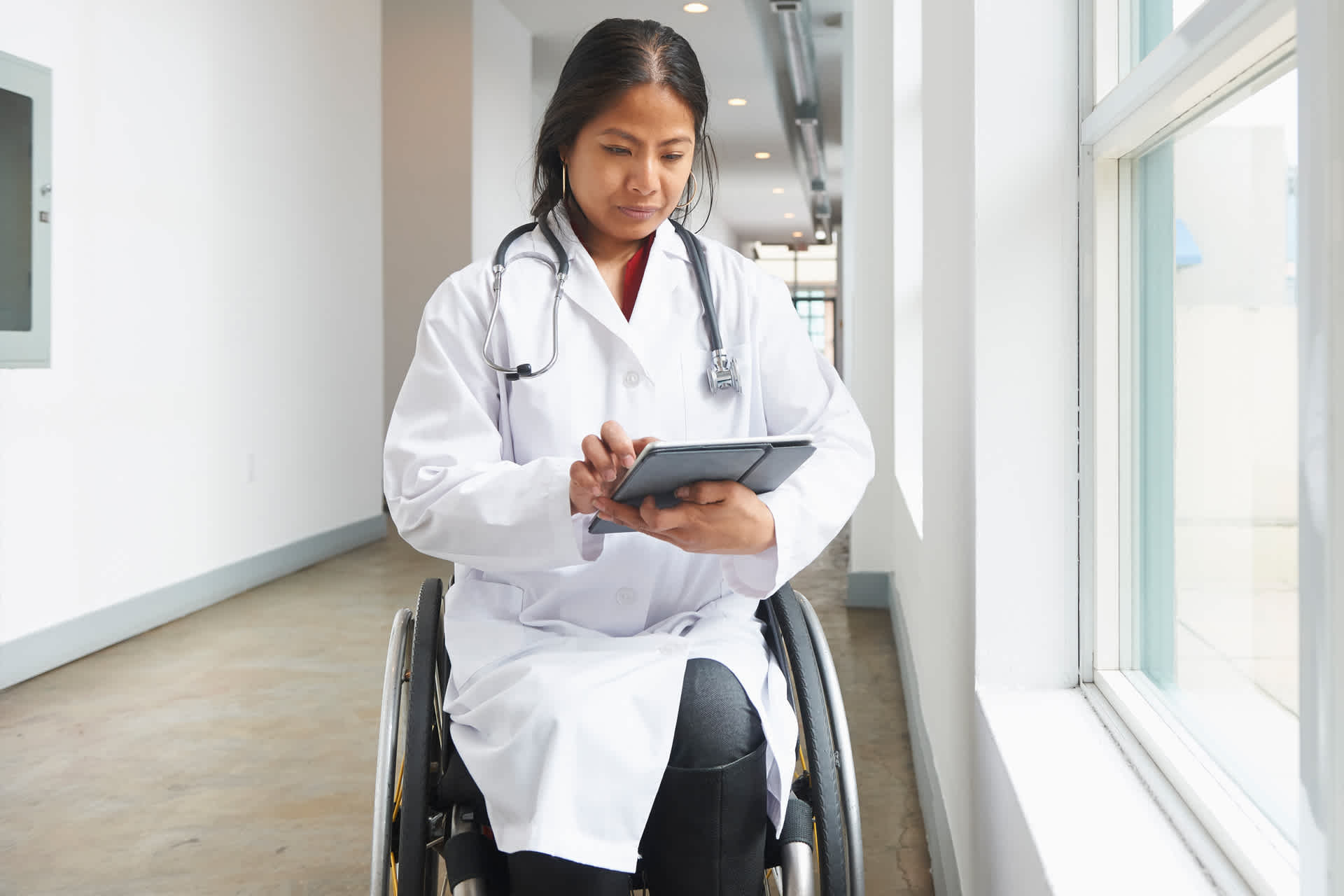Striving for Change

Lisa Meeks is a disability expert and assistant professor of family medicine at the University of Michigan Medical School. She and a growing movement of doctors, medical students, and other healthcare workers are trying to make changes in their profession. They want it to be more inclusive. They’re doing so through a new group called DocsWithDisabilities. It was launched on July 27.
The initiative aims to change the medical field in ways that will increase the number of doctors with disabilities around the country. People involved say this is especially important because COVID-19 has left many more Americans with health problems compared to before the pandemic. The initiative will work on curricula that could help medical students learn more about caring for patients with disabilities. And it will create policy recommendations.
DocsWithDisabilities started as a social media campaign in 2018. It then grew into a podcast highlighting stories of healthcare workers with disabilities. It will now include research groups, mentorship opportunities, and training.
Very few physicians report having disabilities themselves. Just 3.1% of physicians said they had a disability in 2019, according to research published in JAMA Network Open. These findings were part of Meeks’s motivation for starting Docs with Disabilities.
Dr. Peter Poullos is a clinical associate professor of radiology at Stanford University. He became paralyzed after a biking accident in 2003. He cohosts the DocsWithDisabilities podcast. Dr. Poullos says the goal of the new group is to improve healthcare not just for people with disabilities, but for everyone.
“We’re trying to envision a future that is built with the idea that people with disabilities are here,” he says. “We should just assume that they are present, and include them in the planning and the construction of a system where that doesn’t look at them as a problem, but as an opportunity.”
This story was originally published in TIME on July 27, 2022.


